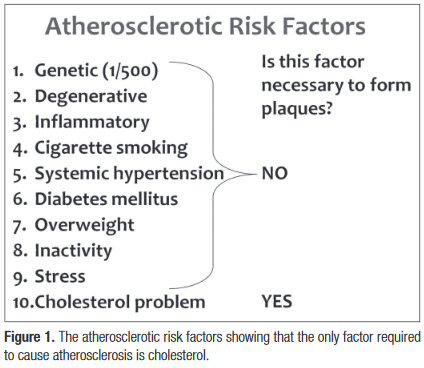Smoking And Atherosclerosis

Atherosclerosis is an uncommon type of heart disease. However, it is also known as hardening of the arteries. Atherosclerosis can start at any age and is a condition that is very common among people of all ages. However, it is difficult to determine exactly what causes atherosclerosis or how it develops. Atherosclerosis can develop in either one or both of two different types of arteries – the carotid artery and the coronary artery.
Atherosclerosis occurs when fatty deposits gather together along the arterial wall of a blood vessel. The fatty deposits block the blood vessels from receiving the nutrients and oxygen that they need for the normal functioning of the body. The condition is referred to as atherosclerotic plaques because they resemble tiny crescents. The narrowing of these arteries can lead to a wide variety of symptoms including headaches, chest pain, shortness of breath, nausea and vomiting.
The most common cause of atherosclerotic plaques is the buildup of too much fat on the arterial walls of the arteries that leads to coronary artery disease. In the case of atherosclerosis, the fatty deposits are not deposited directly into the blood vessels but instead lodge on the inside surface of the arterial walls. These plaques are responsible for the narrowing of the blood vessels and the resulting restriction in the blood flow through the arteries, which may eventually result in heart attack. Some of the other symptoms of atherosclerotic plaques include a feeling of tightness in the chest, difficulty breathing, difficulty swallowing, numbness and tingling sensations, and dizziness.
A few studies have also reported that people who smoke have a higher risk of developing atherosclerosis than people who do not smoke.
The exact mechanism by which smoking can lead to atherosclerosis remains unknown; however, researchers are still trying to understand the causes and effect of smoking on this condition

The buildup of plaque on the arterial walls of the arteries that carry blood to the heart or other parts of the body, known as atherosclerotic plaques, can be caused by several factors, including: high blood cholesterol, high blood pressure, poor circulation, and lack of exercise. When the plaques become too big, they block blood flow into the blood vessels, causing them to stiffen. The buildup may also block blood vessels from receiving nutrients and oxygen; the result is the narrowing of the blood vessels and the narrowing of blood flow through the arteries, which can eventually lead to heart attack.
Coronary artery disease is the most common cause of atherosclerotic plaques. Coronary artery disease is a blood clotting disorder that results from increased blood clots (atherosclerotic plaques) that deposit in the coronary arteries or clotting in the arteries themselves. Coronary artery disease is caused by too much fatty deposits in the arterial walls and is often associated with a decreased quality of life. The plaques build up slowly over time, resulting in severe chest pain, heart palpitations and shortness of breath. Although it is not known exactly what triggers coronary artery disease, certain lifestyle factors like high blood pressure, obesity and smoking are known to contribute to its onset.
People who smoke have been found to be more at risk of acquiring atherosclerosis than people who do not smoke. Smoking can increase blood pressure and the buildup of atherosclerotic plaques, increasing the risk of coronary artery disease and leading to heart attack. The increased risk of coronary artery disease is also seen in people who smoke because they tend to have a higher likelihood of having atherosclerotic plaques.
Atherosclerotic plaques may not directly cause cardiovascular disease; however, they have been known to contribute to cardiovascular disease, such as coronary artery disease, by slowing down the clotting process of blood in the arterial walls. This can result in increased risks of heart attack and stroke. Although researchers still do not fully understand the connection between smoking and atherosclerosis, research is continuing in the medical community to learn more about the association between this health problem and smoking.